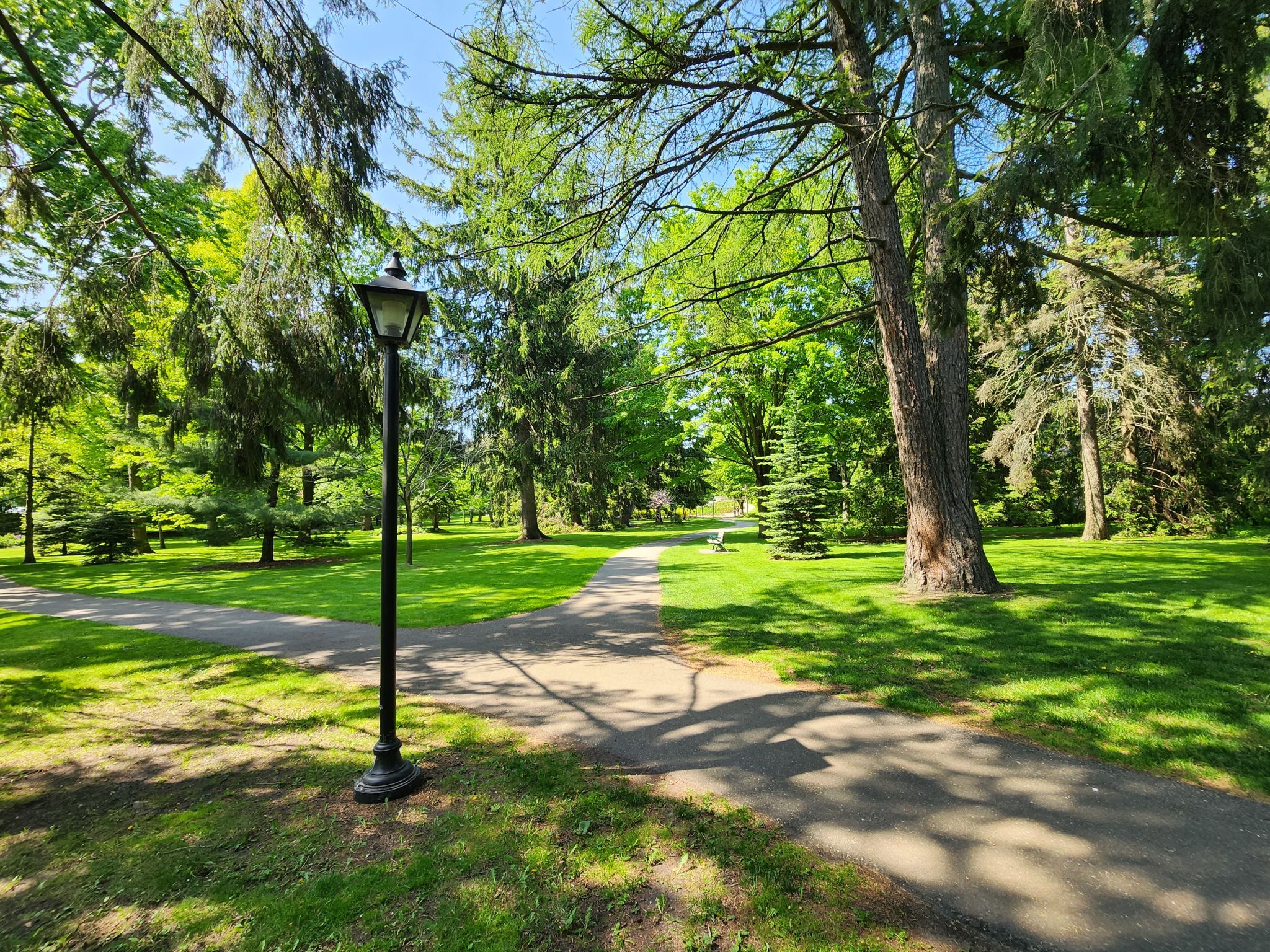The Role of Landscape Architects in Urban Land Preservation
The Importance of Landscape Architects in Urban Land Preservation
Urban land preservation is crucial for maintaining ecological balance, enhancing the quality of life, and ensuring sustainable development. In this context, landscape architects play a pivotal role. Their expertise in designing and planning green spaces within urban environments is essential for preserving natural resources and promoting biodiversity.

Understanding Urban Land Preservation
Urban land preservation involves protecting and managing natural landscapes within city environments. This includes parks, greenways, water bodies, and other natural habitats. The goal is to balance urban development with ecological sustainability, ensuring that cities remain livable for future generations.
Landscape architects are uniquely positioned to advocate for urban land preservation. Their training in both design and environmental science allows them to create spaces that are not only aesthetically pleasing but also ecologically sound. They work to integrate natural elements into urban planning, promoting sustainable development practices.
The Role of Landscape Architects in Urban Planning
Landscape architects collaborate with urban planners, city officials, and environmental scientists to design spaces that protect natural resources while accommodating urban growth. They assess the environmental impact of proposed developments and recommend strategies to mitigate negative effects.

One of their primary responsibilities is designing public parks and recreational areas. These spaces serve as vital green lungs for cities, providing residents with opportunities for recreation and relaxation while supporting local ecosystems. Landscape architects ensure that these areas are accessible and beneficial to all community members.
Sustainable Design Practices
Landscape architects employ a variety of sustainable design practices in their projects. These can include using native plant species to reduce water consumption, implementing green infrastructure solutions like rain gardens and permeable pavements to manage stormwater, and designing wildlife corridors to maintain biodiversity.
By prioritizing sustainability in their designs, landscape architects contribute to the resilience of urban environments. They help cities adapt to climate change by creating spaces that can withstand extreme weather events and reduce urban heat island effects.

Community Engagement and Education
Another important aspect of landscape architecture is community engagement. Landscape architects often involve local communities in the design process to ensure that projects meet the needs and preferences of residents. This collaborative approach fosters a sense of ownership and responsibility toward urban green spaces.
Moreover, landscape architects play a role in educating the public about the importance of land preservation. Through workshops, public meetings, and educational programs, they raise awareness about sustainable practices and the benefits of maintaining healthy urban ecosystems.
The Future of Urban Land Preservation
As cities continue to grow, the need for effective urban land preservation strategies becomes even more critical. Landscape architects will remain at the forefront of this effort, leveraging their skills to design resilient, sustainable urban environments.
By championing the integration of nature into urban settings, landscape architects help ensure that cities remain vibrant, healthy places for both people and wildlife. Their work not only enhances the aesthetic quality of urban areas but also contributes to broader environmental goals.